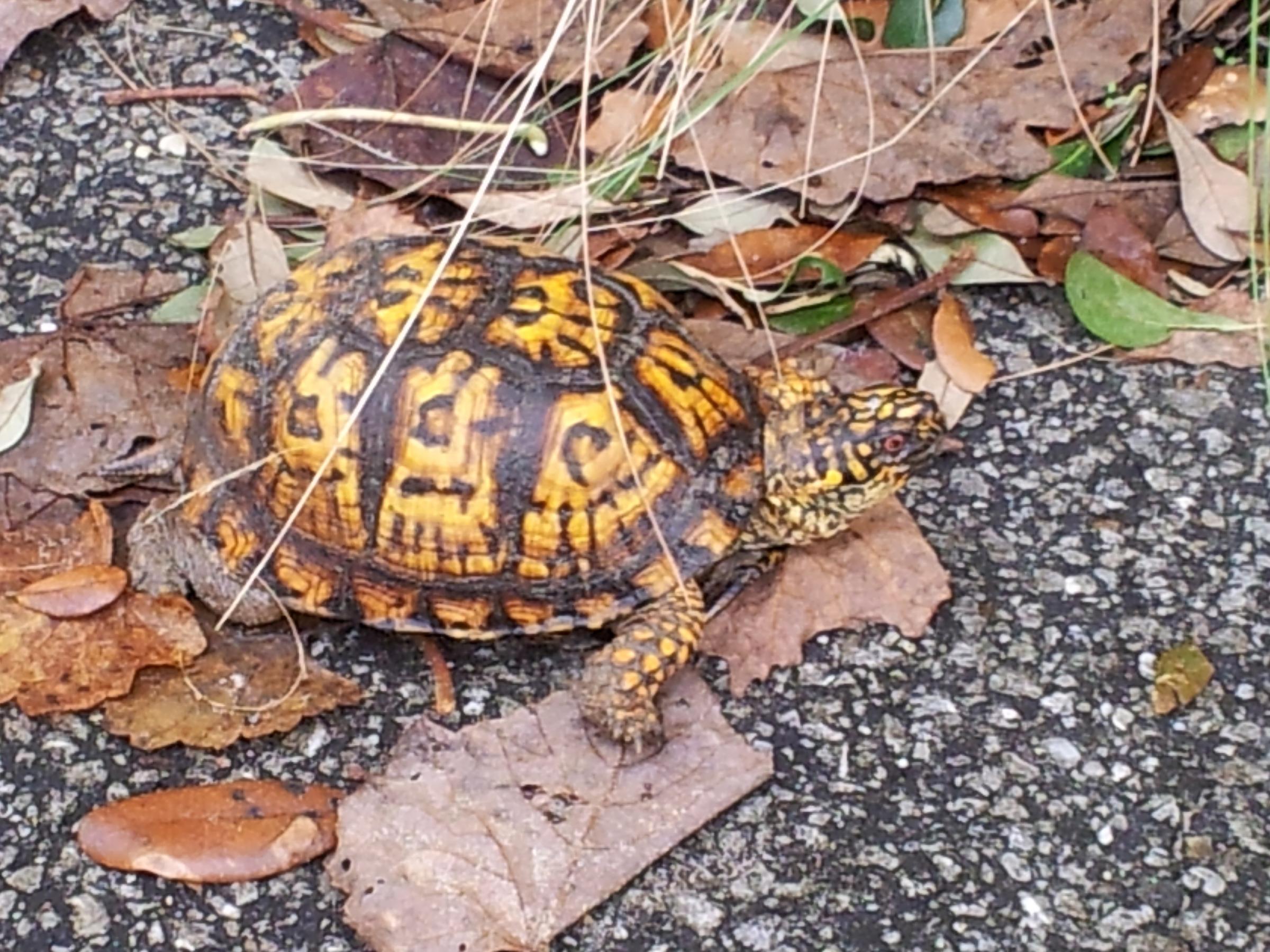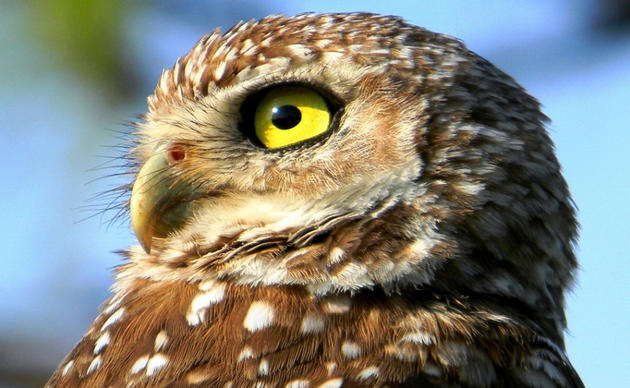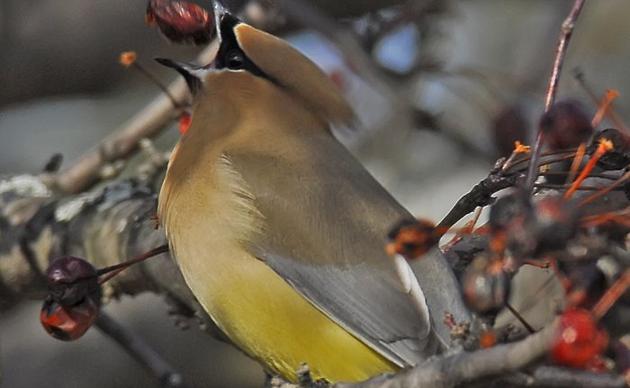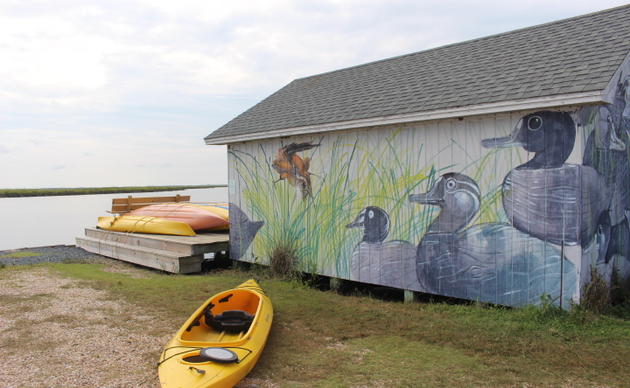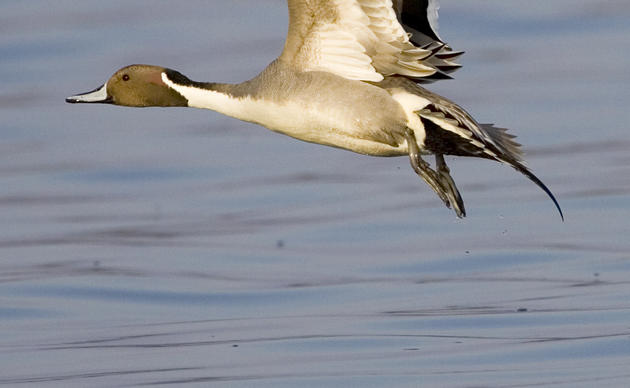Audubon staff and partners have developed a conservation and usage plan for the sanctuary that will ensure that visitors make a minimal impact on the Sanctuary’s habitats, birds, and wildlife. Below are some of the highlights of how Audubon staff and partners are laying the groundwork for opening the Sanctuary to the public:
• Using Audubon’s groundbreaking work at the Rainey Sanctuary in Louisiana as a model, Audubon North Carolina has created a conservation plan for the sanctuary that will build and restore the Currituck marshes in the face of sea level rise in order to ensure a thriving ecosystem well into the future. By building up marshes, creating conditions for aquatic vegetation to thrive, and partnering with the communities of the Currituck Sound, the Audubon Sanctuary in Corolla will be a catalyst for change throughout the region. A healthy Currituck Sound is beneficial to everyone in the area.
• In order to model best management practices for marsh habitat, the sanctuary staff has restored targeted areas of the 2,600-acre sanctuary to enhance habitats for waterfowl and other wildlife. The staff raises and lowers water levels in four freshwater impoundments to just the right levels to attract migratory waterfowl like Green-winged Teal that winter in the area and migratory shorebirds that stop here during spring migration. Using the most current science, staff also burns the marsh periodically to increase plant production.
• To transform the property and the 100 year old hunting lodge into an Audubon Center and Sanctuary for both people and wildlife, Audubon North Carolina hired the Wilmington-based architectural firm, Bowman Murray Hemingway. Audubon will renovate the historic structures on the property and restore the hunting lodge to its original condition. We will expand on the property’s historical integrity by developing spaces for new and engaging visitor experiences including improved nature trails, a visitor’s center, classrooms, laboratory space, and new boardwalks. The improvements to the site will model a design for coastal communities that adapts to future sea level rise by lifting buildings, creating elevated walkways, and encouraging controlled movement of water throughout the site.
How you can help, right now
Stay in Touch with Pine Island
Learn about the bird conservation research taking place at Pine Island and find nature-focused events happening at this Important Bird Area along the Outer Banks in our periodic eBulletin.
Kayak Sign-up
Click Orange Button to register for Guided Kayak Programs
Protect the Sanctuary
Every donation will be used to protect the 6,000 acres of marsh complex within the sanctuary and the wildlife it supports.

